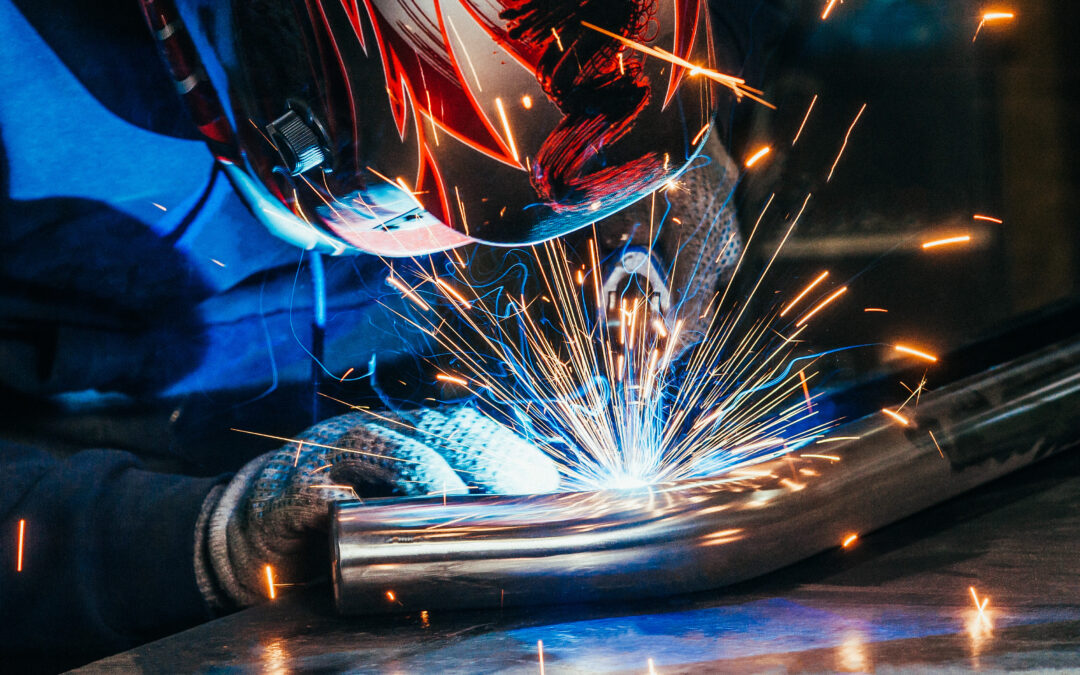Overall value is the primary difference between a standard metal fabrication and custom metal fabrication Yreka. Custom metal fabrication processes begin with research for assessing the appropriate methods and materials required for producing unique fabrication designs in a cost-effective fashion. The custom Yreka metal fabrication process produces quality and durable results from design to delivery.
These are a few steps that the experts at Jesse Ramirez Welding believe adds to the long-term value of end results:
Set Design Intent
You can reach the desired outcome only when you have the correct metal fabrication design. It is important to always have the end goal in sight. Is the fabrication required for providing roof access? Are you looking to create new entry points? Maybe you need a fully-insulated skirt with ground access? Full-service fabricators have the standard engineering drawing and industrial plan for flushing out detailed designs meant for delivering the desires results.
Setting the design intent is a necessity in a complex fabrication project, such as:
- Silos, tank and hoppers for grain and feed
- Liquid food storage
- Custom spiral staircases with wrap-around and cross-over platform features
The custom fabrication process may begin with Pro Nest, MTC Shape, or AutoCad files.
Cutting and Forming the Metal
A fabricator needs to assess the best method for cutting the metal as per the required thickness and type. Laser cutting is an effective technique for heavy steel plates or delicate metal fabricators that need strict tolerances. Lasers are not useful in metal composites or materials that contain impurities though.
Plasma machines with Computer Numeric Control (CNC) are ideal for complex steel metal shapes. We prefer sawing where large beams serve as the backbone of the structural steel project. Plate shears are an effective option for cutting simple shapes. This is more appropriate for durable metal bins and carbon steel ductwork.
Metal forming equipment involves:
- Plate rolling and angle rolling machines
- Mechanical and CNC hydraulic press brakes
- Multi-function ironworkers for sheering, punching, and bending
- Beam punches and CNC punching machines
Custom Welding & Assembling
The right custom welding and assembly method used will make sure that each fabrication is as per specific industry standards. You should never partner with a custom fabricator without asking for welder certifications and documentation. Metal assemblies should be tested together for making sure the final project is created as intended.
Finishing
Final finishing is an important part of the process if you want to extend the life of your metal fabrication. We believe final finishing provides tangible returns on every project investment. Metal bead blasting and surface preparation ensures the paint remains adhered to the surface. Controlled paint booths can expedite dry times on custom painting and drying jobs. No Yreka metal fabrication project is complete without metal powder coating for a more detailed and decorative finish.

